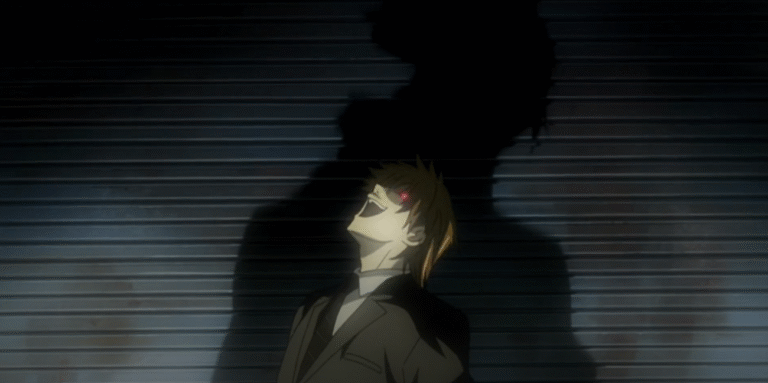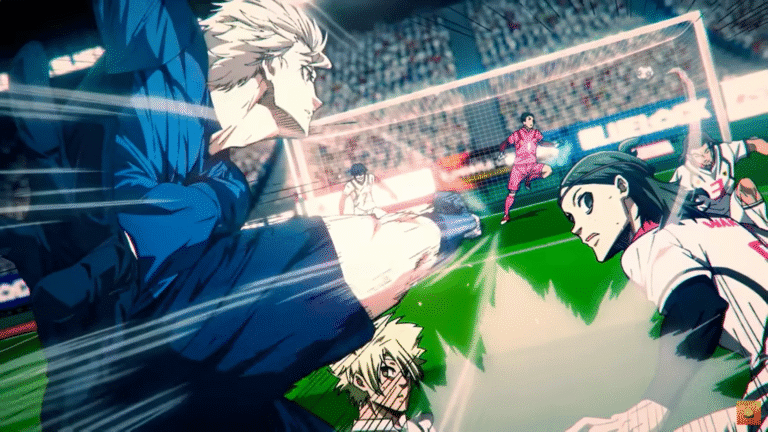Explained: The Multiverse Theory in Steins;Gate – How Time Travel Breaks Reality
“El Psy Kongroo” and the Science of the Impossible
Steins;Gate isn’t just another sci-fi anime—it’s a psychological rollercoaster built around the multiverse theory, time travel, and quantum consequences. While most anime dabble in time skips, Steins;Gate dives deep into the chaos theory, showing us what happens when you tamper with fate.
But let’s be real: the timelines, world lines, and divergence meters can get really confusing. So in this blog, we’re breaking down exactly how Steins;Gate‘s multiverse theory works—and why it makes the story so impactful.
⏳ What Is the Multiverse Theory?
Before we get into the anime, let’s define the multiverse theory in real-world terms.
Multiverse theory suggests that there isn’t just one universe—but infinite parallel universes, each representing a different outcome of every choice or event. Every decision creates a branch, forming an ever-expanding tree of realities.
For example:
- In one universe, you had coffee this morning.
- In another, you skipped it.
- In a third, you never existed.
This idea is a cornerstone of quantum physics—and in Steins;Gate, it’s the fuel for the time-travel mechanics.
Steins;Gate’s Version: World Lines and Divergence
In Steins;Gate, instead of “universes,” we have world lines. Think of a world line as a specific timeline where events follow a certain path. When time is altered, the current world line shifts to a different one.
Key Concepts:
- World Lines: Timelines with a specific sequence of events.
- World Line Convergence: Some events (like deaths) are so fixed they occur in most world lines.
- Divergence Meter: A device that tracks how far the current timeline has shifted from the original.
Divergence Numbers:
- α World Line (0.000000–0.999999): Kurisu dies, Mayuri lives.
- β World Line (1.000000+): Mayuri dies, Kurisu lives.
- Steins;Gate World Line (1.048596): A special, “ideal” world line where both live.
The entire plot revolves around escaping these tragedies by moving to a world line where neither Mayuri nor Kurisu dies—the elusive Steins;Gate.
How Time Travel Works in Steins;Gate
Rather than physically traveling through time, Steins;Gate introduces two unique methods:
1. D-Mail (DeLorean Mail)
Short messages sent back in time via the phone microwave (yes, really). These cause subtle world line shifts, triggering major consequences (butterfly effect).
2. Reading Steiner Ability
Protagonist Okabe Rintarou has a rare gift: when the world line changes, he retains his memories from the previous line. This makes him the only one aware of the timeline shifts—creating immense psychological trauma and responsibility.
The Multiverse in Action: Emotional and Ethical Consequences
The brilliance of Steins;Gate lies in how it uses the multiverse not just for cool sci-fi—but to ask deep philosophical questions:
“Can you really save everyone?”
Each choice Okabe makes saves one person but dooms another. It highlights how:
- Free will vs. determinism becomes blurred.
- Sacrifice becomes necessary, and there’s no clean win.
- Grief accumulates as Okabe remembers every failure across timelines.
This tension drives the emotional core of the show.
Timeline Breakdown (Spoiler-Light)
- Okabe invents time travel via microwave
- Sends D-Mails → changes world lines
- Mayuri starts dying repeatedly (α line convergence)
- Shifts to β line to save her, but Kurisu dies
- Discovers the only solution is to reach Steins;Gate line
- Sends a carefully planned message back to himself in the past
Every loop, death, and reset teaches him something—making the final world line all the more earned.
Impact of Multiverse Theory on Character Development
Okabe Rintarou (a.k.a. Hououin Kyouma):
Starts as a delusional self-proclaimed “mad scientist.” But through the crushing weight of failed timelines, he transforms into a mature, selfless protagonist, willing to sacrifice himself for others.
Kurisu Makise:
As a neuroscientist, she challenges Okabe’s thinking while grounding the science. Her dynamic with Okabe is central to the narrative’s emotional stakes.
Mayuri Shiina:
Though she seems simple at first, her repeated deaths drive home the trauma of timeline hopping. She represents innocence caught in a web of scientific ambition.
🧠 The Philosophical Depth: Are World Lines Real?
Miyano Mamoru (Okabe’s voice actor) once said:
“Steins;Gate isn’t about time travel—it’s about regret, choice, and human resilience.”
The multiverse in Steins;Gate isn’t just theoretical physics. It’s a symbol of our choices, regrets, and “what-ifs.” What if you could take something back? What if you could change just one thing?
These are questions every viewer has asked at some point.
🧠 Final Verdict: The Multiverse Is More Than a Gimmick
In Steins;Gate, the multiverse isn’t just cool sci-fi—it’s a narrative tool, emotional core, and philosophical lens. It shows that:
- Every choice matters
- Time is not your ally
- Saving the world might mean losing yourself
It’s no wonder the series remains a cult classic and the gold standard for time-travel storytelling in anime.
El. Psy. Kongroo. 🧠
💬 What’s Your Favorite Steins;Gate Moment?
- Was it the first D-Mail?
- The elevator scene?
- Okabe’s final message to himself?
Share your thoughts below! 👇
Let’s unravel the world lines together.
Image credit White Fox







